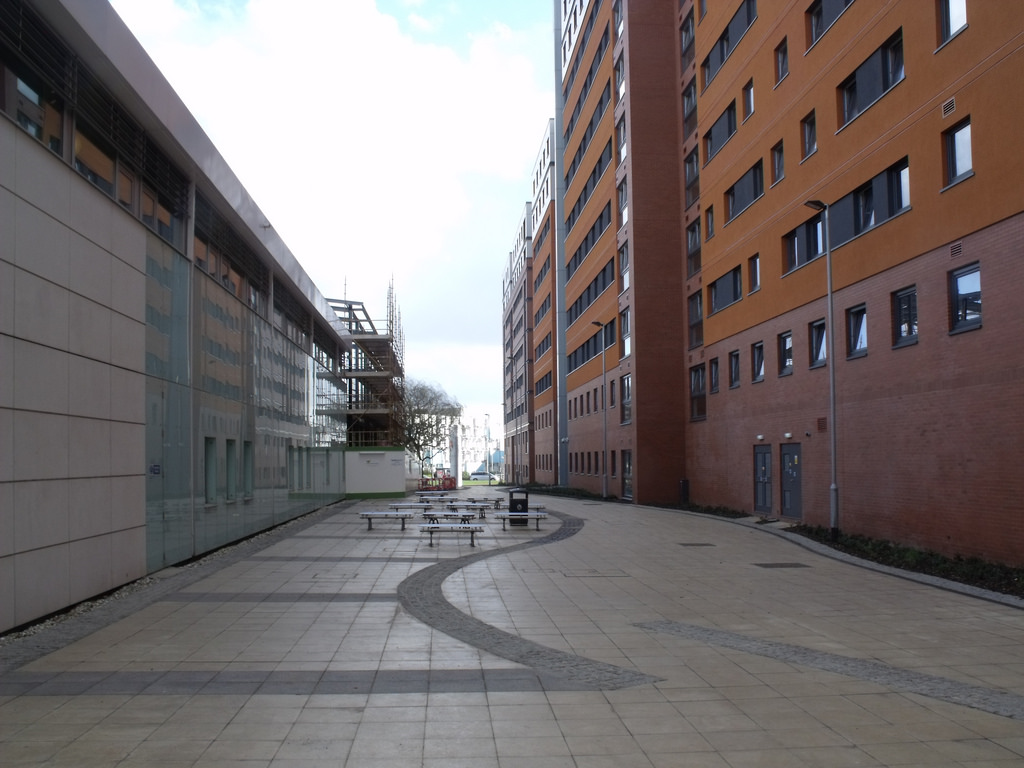From: thestreet.com
Students may be paying off more than just student loans, they may also be paying off when it comes to investing in REITs.
The student housing REIT market is making the grade for investors, even as the other silos of the REIT sector falter, thanks to stable demand and steady growth, and two companies in the space American Campus Communities , which is based in Austin, Texas, and EdR Collegiate Housing , which is based in Memphis, Tenn., are expected to have positive outcomes when they report earnings.
“Both companies released preleasing data for this upcoming academic year, and it was ahead of pace,” says Drew Babin, an analyst at Robert W. Baird , a Milwaukee-based investment bank. “Investors know already they’re going to get 3% rent growth and a bit of occupancy upside.”
Compared multi-family-housing-focused REITs, the student housing REITs are shining. According to Babin, apartment REITs have been underperforming this year. and thus investors are gravitating toward more stable buys in the real estate market, like student housing REITs or manufacturing REITs.
“Student housing is the bread and butter for stability,” Babin said adding that this kind of shift happened in 2007, just before the housing bubble burst.
“In a way you’re almost guaranteed occupancy each year,” he said. “You’re part of the campus, you’re there and you’re on a 70-year ground lease. It’s very friendly [and] mutually beneficial.”
Student housing REITs are also succeeding in part because they’re giving students a more attractive housing option than dorms where 20 or more students are sharing a bathroom.
“To college kids today, the idea of Soviet-era cinderblock housing is unappealing,” says Alex Goldfarb, analyst atSandler O’Neill & Partners .
Most important to today’s students is Internet access, Goldfarb says. If housing can’t provide adequate access to the Internet — a struggle for many aging dorms — students don’t want to live there.
Goldfarb says in recent years, the student REIT industry has become much more controlled, thanks to available research.
“You’ve had much more discipline in the sector,” Goldfarb says. “During the pre-leasing season, the landlords have become much better at pricing their properties. People have much better information about how demand is doing.”
As for investors, Goldfarb says to look to buy on the low end of the share price. However, he added that getting into student housing REIT stock is stable.
“If you’re looking at industry trends, trends will continue to be positive,” Goldfarb says.
Babin agreed.
“In any economy, they can generate positive growth,” Babin said of student housing REITs. “It’s a lot easier hitting your hurdle rather than buying apartment property and really banking on growth making up the difference.”
Investors, too, can expect both ACC and EDR to remain stable in the coming years.
“One of the bigger stories is the consistency,” said Ryan Dennison, vice president of investor relations at ACC. “There’s great recession resilience.”
According to Dennison, in ACC’s 11 years as a public company, it has seen growth, even during the years of the housing crisis.
Babin says he wouldn’t rule out the possibility of M&A in the sector down the line. However, he said it might be difficult for a development company with little experience to get into the space.
Opening dates are much more important for student REITs than other types of real estate because students have a hard date set for when they need to be on campus. Missing that date, Babin says, could cost a company its on-campus reputation.
“Both have looked at selling a joint venture interest, and I think even with that, they’ve come back and said that’s tough,” Babin says. “Down the road — if both companies were to consolidate — could make sense, but I don’t think that’s a near term possibility.”
Goldfarb said he did not expect to see M&A activity, or an IPO in the space in the company years. He did mention, though, that ACC is planning on selling between $500 million to $600 million in properties in the coming years.
According to Dennison, the return on development hovers around 7%, while the return on acquisitions is at 5% right now.
“We’ve been focusing primarily on development,” Dennison said.
EDR could not be reached for comment Wednesday.








Leave a Reply
You must be logged in to post a comment.